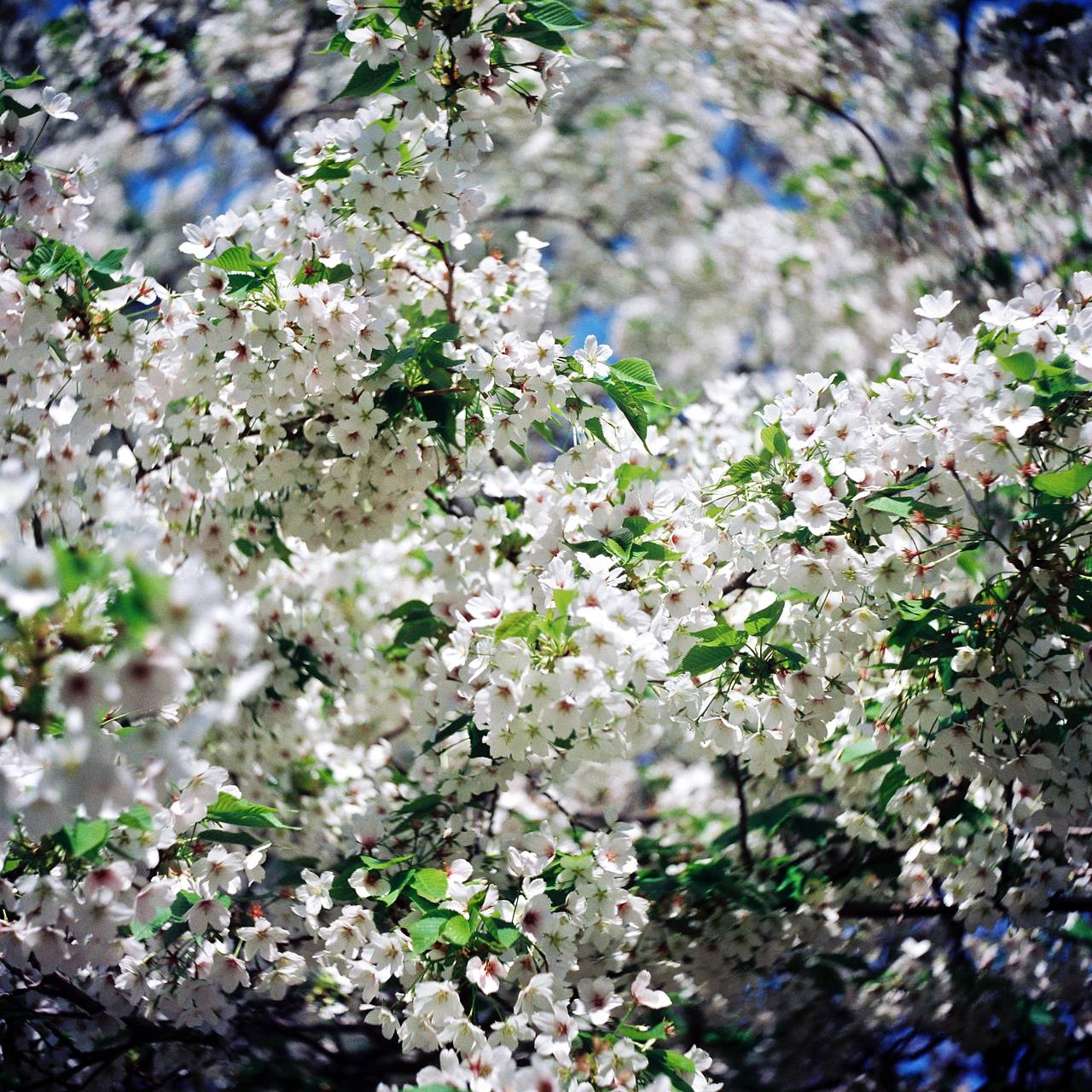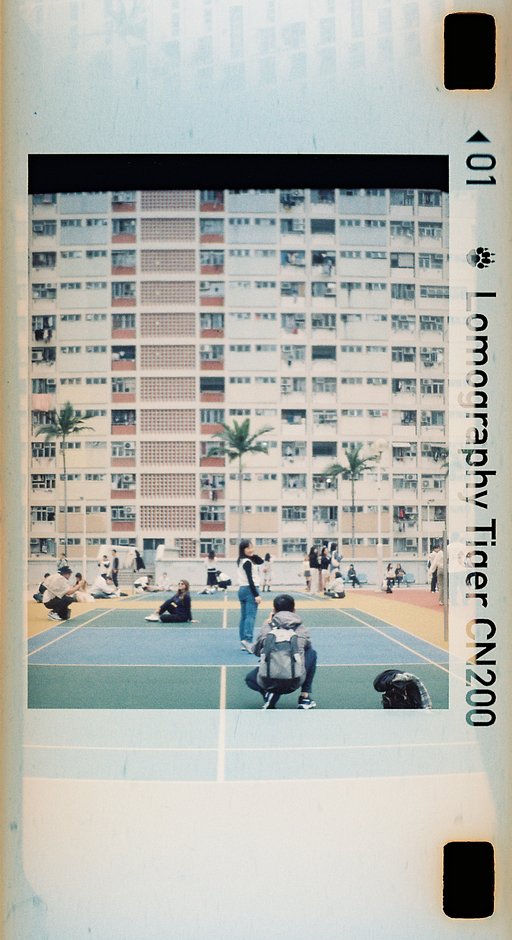Airesflex 1954: A Wonderful Vintage Twin Lens Reflex Camera
24 46 Share TweetFirst experience with a Japanese vintage 6×6 Twin Lens Reflex camera, an Airesflex from the year 1954.
I’ve always wanted a 6×6 twin lens reflex camera, but the classic Rolleiflex didn’t really fit my budget for that.
So, I went to a second hand camera shop here in Tokyo and an old Airesflex from the year 1954 caught my eye. At 2600 Yen (about 30 $US), for quite an old camera with moldy lenses, the mechanical parts still seem to work. It’s a technical marvel, made from 300 pieces, Copal leaf shutter ( 1/300-B ) and a Coral 75 mm, f:3.5 lens, but no internal exposure metering.
As I researched later, the name “Aires” comes from the word “eye-rescue”. A typical Japanese early post war camera and there have been many small makers at that time. So, I actually didn’t expect much, cleaned the lenses, which is not that difficult, as those vintage lenses are made of just a few optical elements and got my first test film loaded.
I chose three different film types: A Kodak Ektachrome E100VS, a Lomography Color Negative ISO 100 120 picture film, and an Ilford Pan F. Test pictures taken with those films can be viewed here.
The results… wow… I didn’t expect that from this old and even relatively cheap (at the time of its release) camera. Clear and sharp pictures, and, depending on the film type used and scan quality and resolution applied, it can easily match any modern pro digital camera. The “Diamond Fuji” shot (aperture closed down to f:22 for getting the sunbeams visible) especially blew me away.

I can really recommend not being afraid of purchasing and trying one of those old TLRs; it doesn’t have to be an expensive Rolleiflex at all. Just take note that the mechanisms are still working properly, because repairing a leaf shutter is really something for experienced maniacs and experts. The complexity of the mechanics is comparable to an analog watch.
It’s a good idea to mount an ND filter sometimes. The shutter speed of those old cameras is limited to 1/300 sec (sometimes 1/500 sec), which means, that you can’t get a really shallow depth of field on a sunny day, where an aperture of f:8 or f:16 is needed. Not easy to get ND filters fitting to those old mounts (28.5 cm), but adapter rings help. I mounted an ND8 filter for taking the picture below at 1/300 sec and f:3.5 and it worked fine for me.

My personal conclusion: A surprisingly brilliant camera and fun to use. I will certainly take many more pictures with it!!!
written by berndtotto on 2011-08-19 #gear #medium-format #review #japanese #twin-lens-reflex #lomography #tlr #user-review #airesreflex #early-post-war-cameras
















24 Comments